Ready for an underwater adventure? Explore our list of the world’s best scuba diving destinations, featuring stunning reefs, diverse marine life, and thrilling dives.
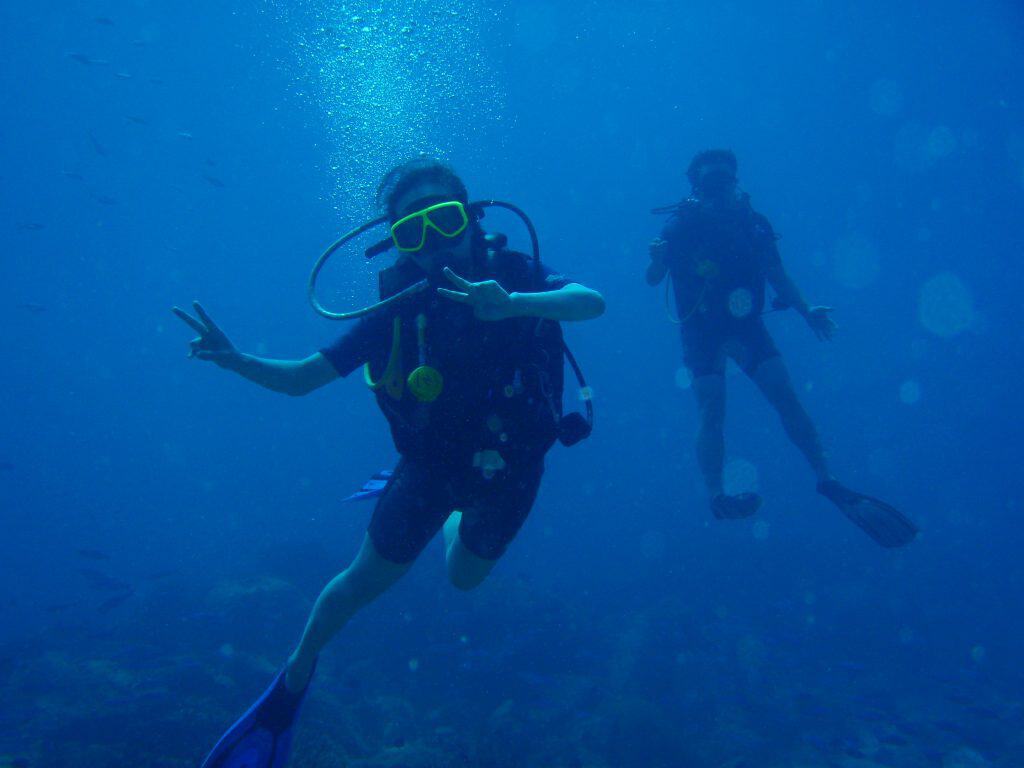
For experienced divers passionate about exploring underwater wonders, finding the best diving locations worldwide is a constant quest. Even if you’re new to diving, why not take the plunge and give it a try?
With oceans covering over 70% of the Earth’s surface, there are countless fascinating places to discover beneath the waves. To uncover some of the world’s premier scuba diving destinations perfect for leisure and adventure, you need to know where to look. So, why wait? The ocean is calling.
Pack your bags, gather your gear, and dive into your next adventure. The options are limitless, but here’s our shortlist of the top scuba diving spots globally.
The Great Barrier Reef, Australia
The Great Barrier Reef, located off the coast of Queensland, Australia, is one of the most iconic scuba diving destinations in the world. As the largest coral reef system, spanning over 2,300 kilometres, it offers an unparalleled underwater experience. Divers can explore vibrant coral gardens teeming with life, including over 1,500 species of fish such as the clownfish, parrotfish, and the elusive Maori wrasse.
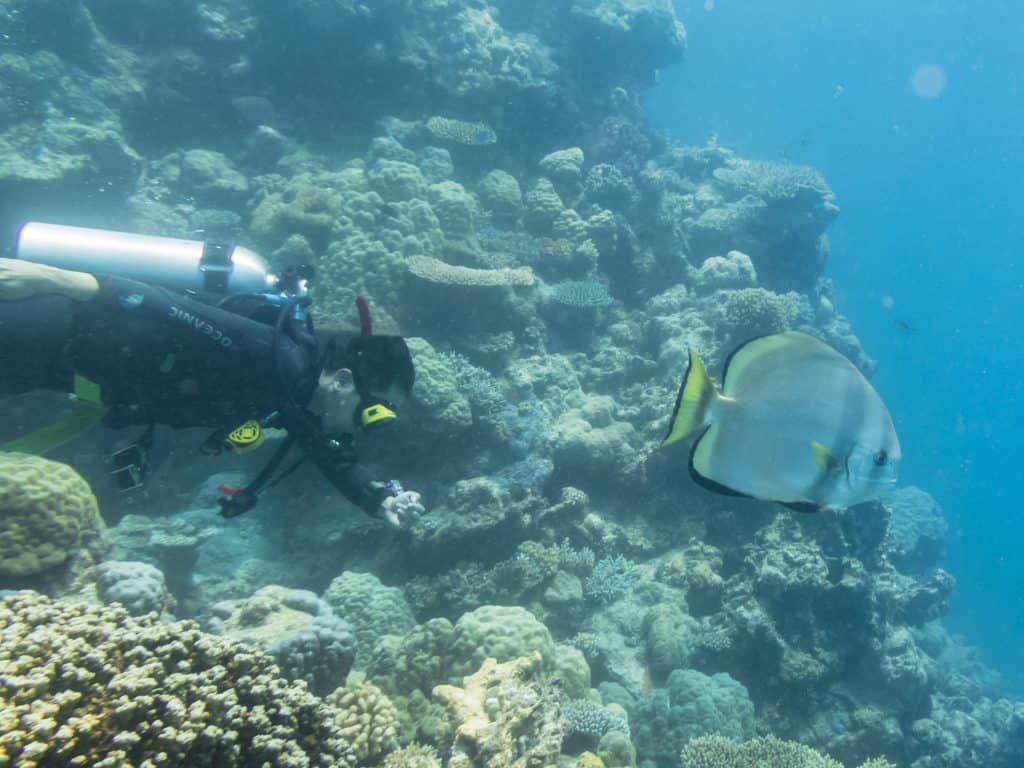
Additionally, the reef is home to a myriad of other marine creatures, including majestic sea turtles, graceful manta rays, and a variety of sharks like the white-tip reef shark and the gentle whale shark. Beyond diving, visitors can engage in activities such as snorkelling, surfing, underwater photography, and guided marine tours to learn about the reef’s delicate ecosystem.
Best Time to Visit
The best time to visit the Great Barrier Reef is from June to October, during the Australian winter and spring, when water visibility is at its peak, and the risk of tropical cyclones is minimal, providing optimal conditions for underwater exploration. During these months, the water temperature ranges from 23°C to 29°C (73°F to 84°F), making it comfortable for extended diving sessions. This period also coincides with the dry season, ensuring calm seas and excellent diving conditions.
Blue Hole, Belize: A Diver’s Dream
Renowned globally, the Blue Hole in Belize is a scuba diving paradise that enthrals divers with its extraordinary geological features and abundant marine life. Situated at the centre of Lighthouse Reef, this colossal marine sinkhole spans approximately 300 meters in diameter and plunges to a depth of 124 meters. The allure of the Blue Hole lies in its clear, azure waters and the chance to explore magnificent underwater stalactites and limestone formations that date back to ancient ice ages.
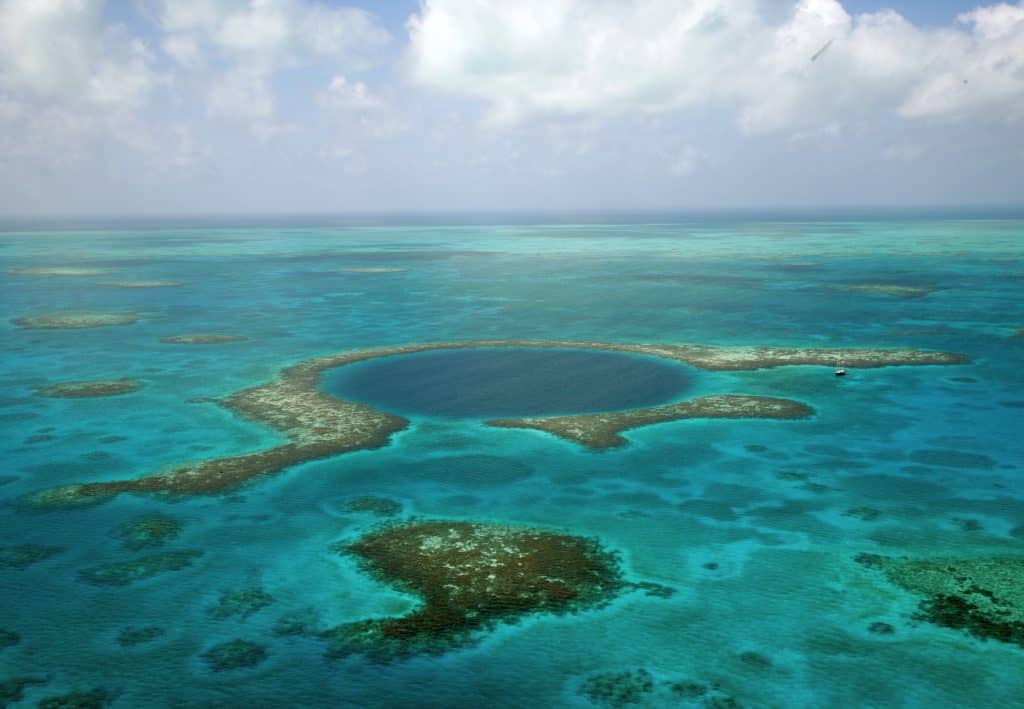
The Blue Hole’s marine ecosystem is vibrant and diverse, hosting an array of species such as reef sharks, nurse sharks, and the occasional hammerhead shark. Divers can also marvel at the colourful coral reefs, home to a variety of fish including angelfish, groupers, and parrotfish. Beyond diving, the area offers numerous activities like snorkelling, kayaking, and boat tours, which provide a broader view of the surrounding atolls and the rich marine biodiversity they support.
Best Time to Visit
The best time to visit the Blue Hole in Belize is from April to June. During these months, the weather is typically dry, and the sea conditions are calm, providing excellent visibility for divers, often exceeding 30 meters (100 feet). The water temperature during this period ranges from 26°C to 28°C (79°F to 82°F), making it comfortable for extended dives. Additionally, these months fall outside the hurricane season, which runs from June to November, ensuring a safer and more enjoyable diving experience. Visiting during this time also offers the chance to experience the Blue Hole at its most serene, with fewer tourists and optimal diving conditions.
Sipadan Island, Malaysia
Sipadan Island, located in the Celebes Sea off the coast of Sabah, Malaysia, is widely regarded as one of the top scuba diving destinations in the world. This oceanic island, formed by living corals growing on top of an extinct volcanic cone, is surrounded by a wealth of marine life and crystal-clear waters. Divers are captivated by the island’s diverse underwater ecosystem, which includes over 3,000 species of fish and hundreds of coral species.
Among the marine creatures that can be encountered are barracudas, large schools of jacks and trevallies, green and hawksbill turtles, and a variety of sharks such as hammerhead sharks and white-tip reef sharks. The island also boasts the famous Turtle Tomb, an underwater limestone cave with a labyrinth of tunnels that contain many skeletal remains of turtles.
Apart from diving, visitors can enjoy snorkelling in the shallow reefs surrounding the island, where they can observe colourful corals and a plethora of small reef fish. Bird watching is another popular activity, as the island is home to several tropical bird species, including sea eagles, frigatebirds, and kingfishers. Guided tours of the island provide insights into its unique ecological and geological features.
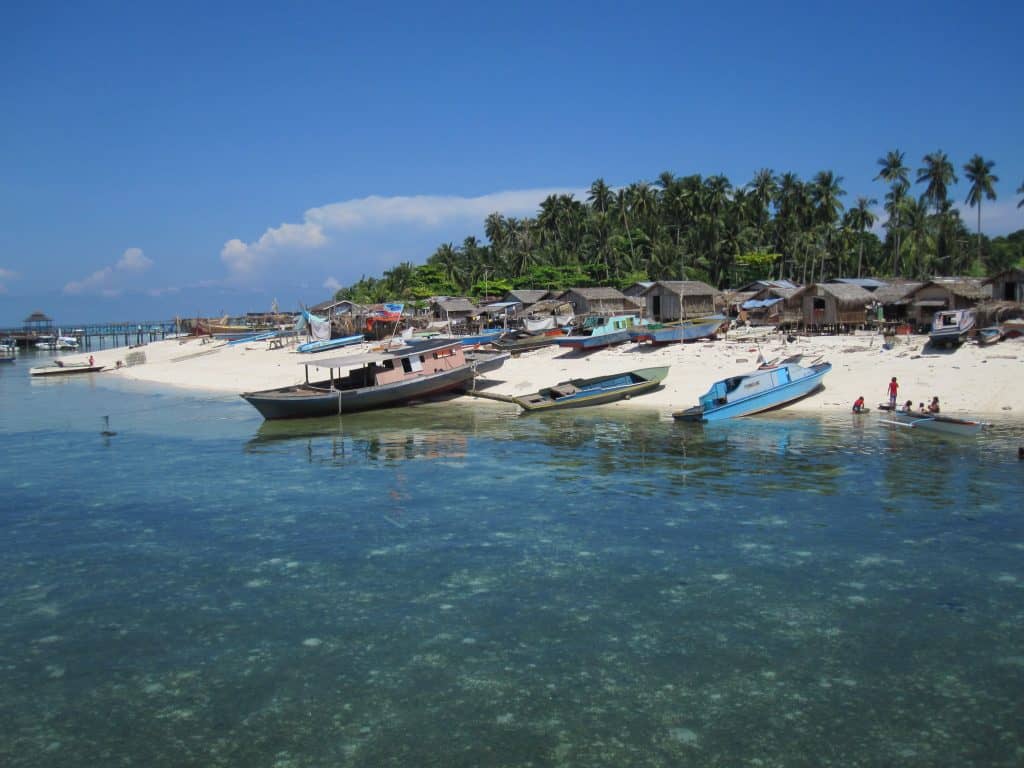
Best Time to Visit
The best time to visit Sipadan Island is from April to December. During these months, the weather is generally dry and the sea conditions are calm, providing excellent visibility for diving, often exceeding 30 meters (100 feet). The water temperature ranges from 27°C to 29°C (81°F to 84°F), making it comfortable for diving and snorkelling.
The period from July to August is particularly ideal as it coincides with the peak season for turtle sightings, offering divers a higher chance of encountering these magnificent creatures. Avoid visiting during the monsoon season, which runs from January to March, as heavy rains and rough seas can affect diving conditions and visibility.
Galápagos Islands, Ecuador
The Galápagos Islands, located in the Pacific Ocean off the coast of Ecuador, are a premier scuba diving destination renowned for their unique biodiversity and volcanic origins. This archipelago is famous for its role in Charles Darwin’s theory of evolution, and it continues to captivate divers with its extraordinary marine life found nowhere else on Earth.

Diving in the Galápagos offers encounters with marine iguanas, the only sea-going lizards, as well as majestic whale sharks, especially around Darwin and Wolf Islands. These dive sites are also home to large schools of hammerhead sharks, Galápagos sharks, and silky sharks. Additionally, divers can enjoy the playful antics of sea lions and the chance to see manta rays, eagle rays, and various species of turtles.
Apart from diving, visitors to the Galápagos can engage in snorkelling, kayaking, and guided wildlife tours. The islands’ volcanic landscapes provide a stunning backdrop for hiking and bird watching, with species such as the blue-footed booby and the Galápagos penguin. The marine life is complemented by a diverse array of fish species, including large schools of yellowfin tuna, barracuda, and a variety of colourful reef fish.
Best Time to Visit
The best time to visit the Galápagos Islands for diving is from June to December. During these months, the Humboldt Current brings cooler, nutrient-rich waters, attracting a plethora of marine life and increasing the chances of encountering whale sharks and large schools of hammerhead sharks. Water temperatures during this period range from 18°C to 24°C (64°F to 75°F), with visibility varying from 10 to 30 meters (30 to 100 feet).
The dry season also offers calmer seas and optimal conditions for diving. However, the warmer months from January to May are ideal for spotting manta rays and witnessing the mating season of sea lions. Water temperatures during these months range from 21°C to 30°C (70°F to 86°F), providing pleasant conditions for underwater exploration. Each season offers unique experiences, making the Galápagos a year-round diving destination.
Red Sea, Egypt
The Red Sea, situated between Africa and Asia, is a world-renowned scuba diving destination celebrated for its crystal-clear waters, vibrant coral reefs, and rich marine biodiversity. Divers flock to this region to explore famous dive sites such as Ras Mohammed and the SS Thistlegorm wreck. Ras Mohammed, a national park at the southern tip of the Sinai Peninsula, offers dramatic drop-offs, flourishing coral gardens, and an abundance of marine life, including barracudas, jackfish, and occasionally, whale sharks. The SS Thistlegorm, a British-armed merchant ship sunk during World War II, is one of the most famous wreck dives in the world, teeming with marine life and historical artefacts.
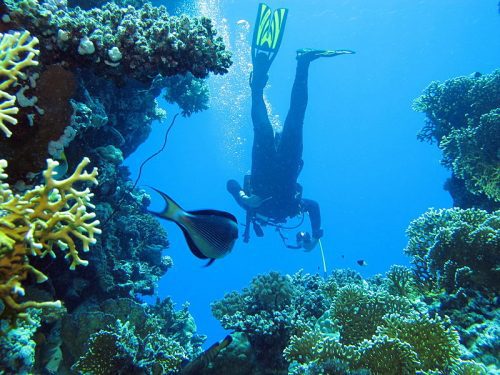
Apart from diving, visitors can indulge in activities such as snorkelling, where they can witness stunning coral formations and colourful reef fish up close. The Red Sea’s marine ecosystem boasts over 1,200 species of fish, including clownfish, angelfish, and butterflyfish, as well as larger species like the grey reef shark, hammerhead shark, and the majestic manta ray, making it one of the best scuba diving destinations in the world. The region’s historical and cultural significance adds to its allure, with ancient ports and coastal towns offering a glimpse into Egypt’s rich maritime history.
Best Time to Visit
The best time to visit the Red Sea for diving is from March to May and September to November. During these months, the water temperatures range from 22°C to 28°C (72°F to 82°F), providing comfortable conditions for diving and optimal underwater visibility, often exceeding 30 meters (100 feet). The sea is calm, and the weather is pleasantly warm, making it ideal for both underwater and topside activities. Spring and autumn also coincide with the migration periods of various marine species, increasing the chances of encountering larger pelagics such as whale sharks and manta rays.
The summer months from June to August can be extremely hot, with air temperatures soaring above 40°C (104°F), which might be uncomfortable for some visitors. However, the water remains warm and inviting. The winter months from December to February bring cooler water temperatures, ranging from 20°C to 24°C (68°F to 75°F), and while diving is still possible, a thicker wetsuit might be necessary. Each season offers unique experiences, but the transitional periods of spring and autumn provide the best balance of favourable diving conditions and marine life encounters.
Palau, Micronesia
Palau, a remote island nation in Micronesia, is celebrated for its untouched beauty and some of the most pristine dive sites in the world. The unique Rock Islands, a UNESCO World Heritage site, consist of over 200 limestone islands, offering stunning landscapes both above and below water. One of the most famous diving spots is the Blue Corner, renowned for its strong currents that attract a plethora of marine life, including schools of sharks, barracudas, and snappers.
Divers can also explore Jellyfish Lake, where millions of harmless jellyfish create an ethereal underwater experience. Palau’s marine ecosystem is incredibly diverse, featuring over 1,500 species of fish and 700 species of coral. Besides diving, visitors can enjoy snorkelling, kayaking, and paddleboarding among the Rock Islands, providing opportunities to observe the rich biodiversity and dramatic scenery.
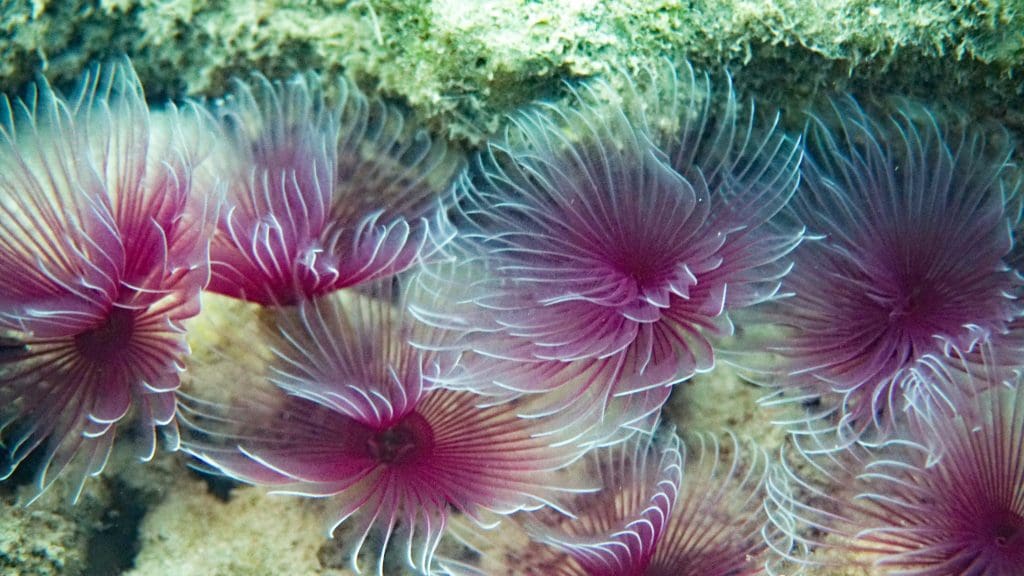
Palau places a strong emphasis on sustainable tourism and marine conservation. The nation has established the Palau National Marine Sanctuary, which protects 80% of its waters from fishing and other extractive activities. Visitors are encouraged to respect the environment by adhering to responsible diving practices and supporting local conservation efforts. This commitment to preserving its natural beauty ensures that Palau remains a premier destination for future generations of divers and nature enthusiasts.
Best Time to Visit
The best time to visit Palau is from November to April when the weather is dry and the sea conditions are ideal for diving. During these months, water temperatures range from 27°C to 30°C (81°F to 86°F), and visibility is excellent, often exceeding 30 meters (100 feet). This period also coincides with the mating season of many marine species, offering divers the chance to witness fascinating underwater behaviours.
The Maldives
The Maldives, a tropical paradise in the Indian Ocean, offers a unique combination of luxury and adventure, making it a premier scuba diving destination. The archipelago consists of 26 stunning atolls, each surrounded by crystal-clear waters and vibrant coral reefs teeming with marine life.
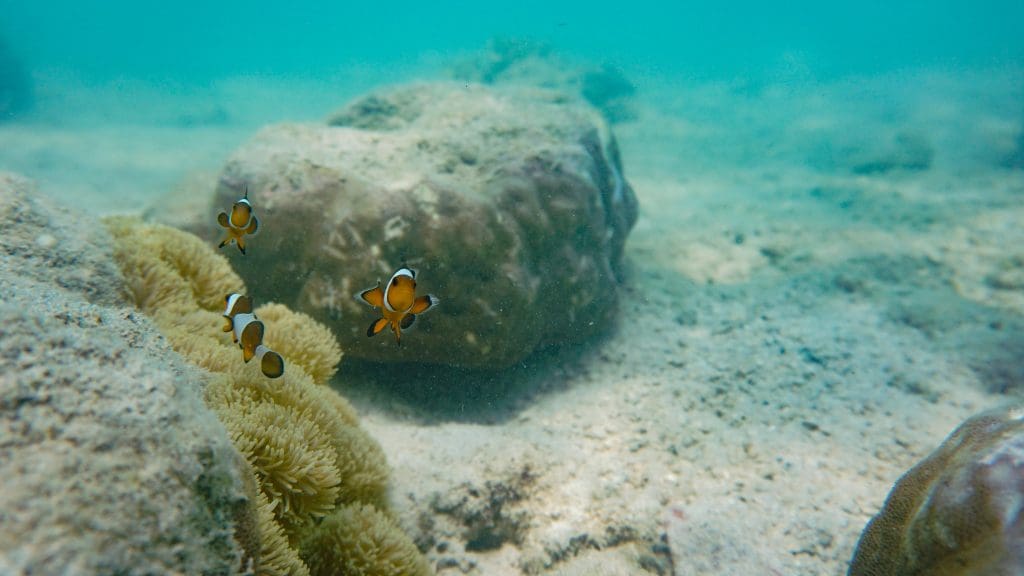
Divers in the Maldives can expect encounters with majestic manta rays, gentle whale sharks, and a plethora of other marine species such as eagle rays, turtles, and a myriad of colourful reef fish. Notable dive sites include Banana Reef, Manta Point, and the Ari Atoll, each offering diverse underwater landscapes and abundant marine biodiversity.
In addition to diving, the Maldives is famous for its luxurious overwater bungalows and world-class dive resorts, providing an unparalleled level of comfort and convenience. These resorts often feature private dive centres, offering tailored diving experiences and courses for all skill levels. Beyond diving, visitors can enjoy snorkelling, water sports, and spa treatments, making it an ideal destination for both relaxation and adventure.
Best Time to Visit
The best time to visit the Maldives for diving is from November to April. During these months, the northeast monsoon brings calm seas and excellent visibility, often exceeding 30 meters (100 feet), ideal for exploring the underwater world. Water temperatures remain consistently warm, ranging from 26°C to 30°C (79°F to 86°F), making it comfortable for extended dives.
The period from May to October, influenced by the southwest monsoon, brings more plankton, attracting larger marine creatures such as manta rays and whale sharks. While the visibility might be slightly reduced, this time offers a unique opportunity to witness these majestic animals in greater numbers. However, this period also sees more frequent rain and rougher seas
Kadmat Island, Lakshdweep
Kadmat Island, part of the Lakshadweep archipelago off the southwest coast of India, is an emerging scuba diving destination known for its pristine marine environment and tranquil surroundings. This narrow island, stretching about 8 kilometres in length, offers divers an opportunity to explore vibrant coral reefs and abundant marine life in the crystal-clear waters of the Arabian Sea.
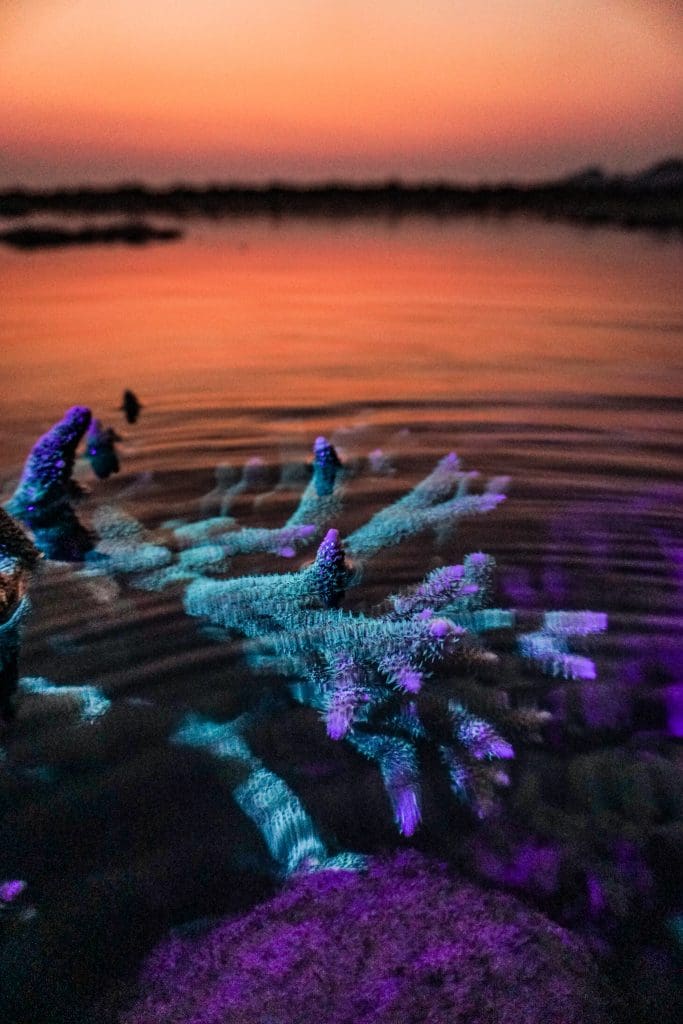
The dive sites around Kadmat Island are home to a variety of fish species such as groupers, snappers, and angelfish, as well as larger marine creatures like manta rays, eagle rays, and turtles. The coral reefs are lush with hard and soft corals, providing a colourful and dynamic underwater landscape.
In addition to scuba diving, visitors to Kadmat Island can enjoy snorkelling, kayaking, and windsurfing. The island’s lagoon is ideal for snorkelling, allowing easy access to observe the thriving marine life up close. The white sandy beaches and clear blue waters make it a perfect spot for relaxing and soaking in the natural beauty of the surroundings.
Best Time to Visit
The best time to visit Kadmat Island for diving is from October to May. During these months, the weather is typically dry and the sea conditions are calm, ensuring excellent visibility underwater, often reaching up to 25 meters (82 feet). Water temperatures during this period range from 27°C to 30°C (81°F to 86°F), making it comfortable for diving and other water activities.
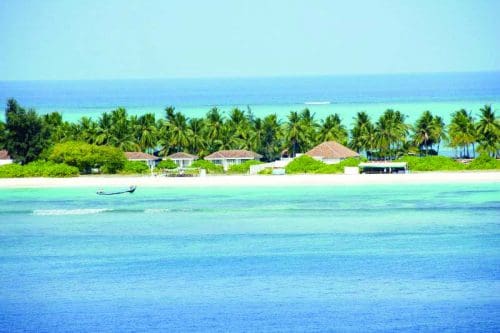
The period from June to September is characterized by the southwest monsoon, bringing heavy rains and rough seas, which can adversely affect diving conditions and visibility. Therefore, it is advisable to avoid visiting during these months. The peak tourist season, from December to February, offers the best overall conditions, with mild temperatures and clear skies, making it the ideal time for both diving and exploring the island’s other attractions.
Exploring the world’s premier scuba diving destinations, from the mystical Blue Hole in Belize to the untouched beauty of Palau, reveals the incredible diversity and allure of our planet’s underwater realms.
Each destination offers unique experiences, the historical treasures and vibrant marine life of the Red Sea, the luxurious yet adventurous appeal of the Maldives, and the serene, pristine waters of Kadmat Island in Lakshadweep. These sites not only provide thrilling dives but also highlight the importance of sustainable tourism and marine conservation.
Read more: Latest



